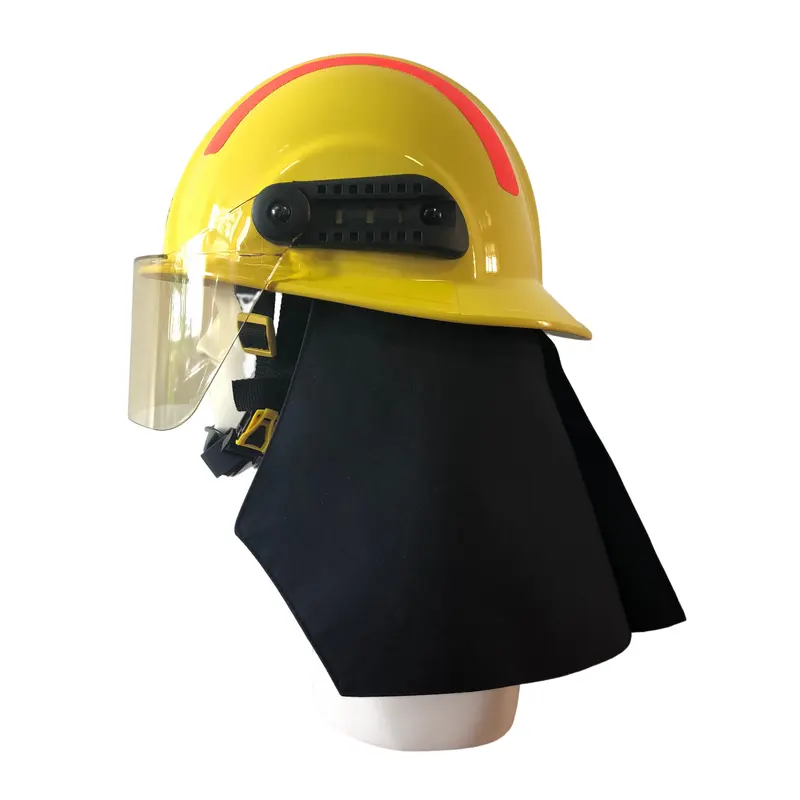“Fit for the Fire: Choosing the Right Fire Helmet for Ultimate Protection”
Selecting the right fire helmet is a critical decision for firefighters, as it directly impacts their safety and performance on the job. Here are the key considerations for choosing the right fire helmet for ultimate protection:
1. Helmet Type: Determine the specific type of firefighting activities you’ll be involved in. There are different helmet types for structural firefighting, wildland firefighting, and technical rescue operations. Choose a helmet designed for your primary tasks.
2. Safety Standards: Ensure that the helmet complies with the appropriate safety standards, such as NFPA 1971, NFPA 1951, or NFPA 1952. Meeting these standards is crucial for ensuring the helmet’s effectiveness in hazardous conditions.
3. Fit and Comfort: A well-fitting helmet is essential for both safety and comfort. The helmet should sit snugly on your head without being too tight. Look for helmets with adjustable suspension systems and padding to customize the fit to your head shape and size.
4. Impact Resistance: Check the helmet’s impact resistance rating. It should provide protection against falling debris and impacts, as this is a common hazard in firefighting situations.
5. Heat Resistance: Confirm that the helmet is made from heat-resistant materials. The outer shell should withstand high temperatures and protect against direct flame contact.
6. Face and Eye Protection: If your firefighting activities involve exposure to smoke, embers, or debris, opt for a helmet with integrated face shields or goggles. Ensure they meet the relevant safety standards for eye and face protection.
7. Radiant Heat Shield: For added protection against radiant heat, choose a helmet with a radiant heat shield. This is crucial for safeguarding your neck and ears from intense radiant heat generated by fires.
8. Chin Strap: The chin strap is vital for keeping the helmet securely in place during firefighting operations. Ensure that it can be properly fastened and adjusted to form a “V” shape under your ears.
9. Weight: Consider the weight of the helmet, especially if your tasks require extended periods of wear. Lightweight helmets can reduce strain on the neck and head.
10. Visibility: Opt for a helmet with reflective trim for increased visibility in low-light conditions. This is important for team coordination during firefighting incidents.
11. Brand Reputation: Choose helmets from reputable manufacturers known for their commitment to safety and quality. Brands with a track record of producing reliable firefighting equipment are a good choice.
12. Cost: While safety is paramount, it’s essential to stay within budget constraints. Look for helmets that strike a balance between protection and cost-effectiveness.
13. Helmet Accountability: If your fire department uses color-coded helmets or numbering systems to indicate ranks and positions, ensure that your helmet follows this system for easy identification during operations.
In summary, selecting the right fire helmet is a decision that demands careful consideration. It’s an investment in your safety and effectiveness as a firefighter. By evaluating the type of firefighting you’ll be engaged in and the specific features and standards your helmet should meet, you can make an informed choice to ensure ultimate protection on the fireground.


